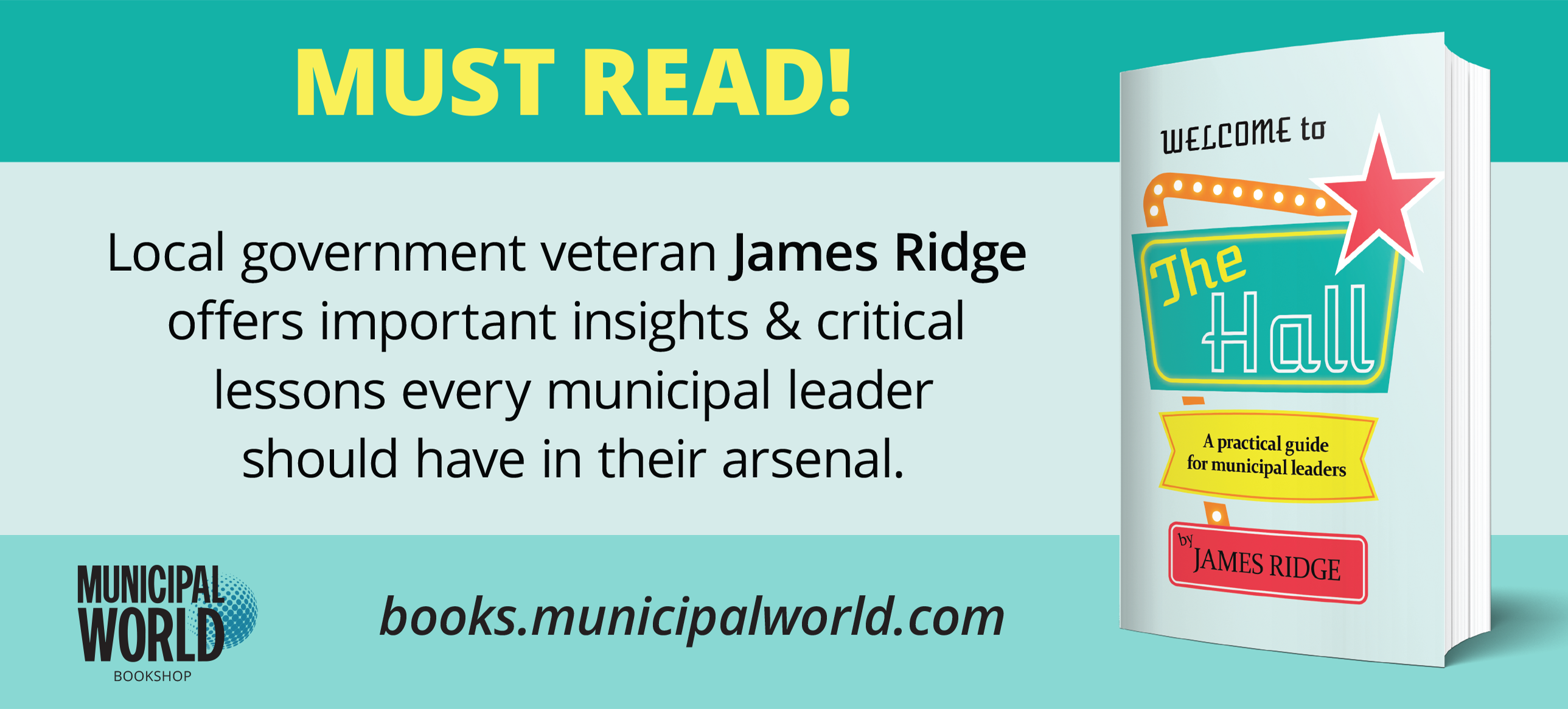Three tips for getting political online

In today’s communications world, social media is an integral tool for anyone who wants to reach a broad audience with their message. Social media platforms allow for two-way dialogue, the opportunity to clear up misconceptions, and a chance to answer questions and have productive conversations. With the benefits, though, also come risks – including the ability to get drawn into heated discussions, to spread and/or respond to “fake news,” and to troll and be trolled.
Politicians from all orders of government are now using social media platforms in their election campaigns. And, after they’re in office, they use them to disseminate information and engage with their constituents. Many elected officials use social media effectively and credibly, and some do not.
Overall, seeing politicians engage directly is a good thing – after all, their decisions are the ones being implemented and their commitments to constituents are the ones being watched.
Local government organizations have realized for some time now that there is a right and a wrong way to be part of online conversations. Likewise, politicians using social media need to practise the right ways to be part of the solution through meaningful engagement one-on-one, or one-on-many, rather than being part of the problem.
Like most things, there are best practices for using social media. Local government administrations might look for ways to work with their elected councils or boards on some of these.
1. Consider the Bigger Picture
A danger for a politician being just a little “too real” on social media is that every quip or derisive comment can present a negative image – one that stays there, even if the post is deleted. Politicians don’t want to be deceptive or fake in their social media posts, but they do need to be careful in how they present themselves online. Before each post, consider the perception possible beyond that single conversation. Could it be considered as an “aside” comment on a current policy issue? Will it harm working relationships with staff or other elected representatives?
2. Set Organizational Standards
Local governments have internal procedures and policies around social media to mitigate potential problems with inconsistent information delivery, misinformation, and inappropriate handling of public feedback. Those goals are just as important for the elected officials. Local governments have their elected officials sign oaths of office, codes of conduct, and so on. Should those same elected officials also commit to using social media in a certain way while they’re in office? A 2015 corporate policy from the City of Waterloo contains this guidance:
“In all forms of social media usage, employees and elected officials should assume the same representative standards as in other public meetings and consultations. Even if not identified with an explicit city affiliation, employees and elected officials implicitly represent the corporation and will be held to the same expectations.” Some local governments are including social media references in their codes of conduct for elected officials. Sharing those policies with each other through conferences and forums would help draw consistent “lines of engagement” for all.
3. Train, Practise, and Keep Learning
Municipal governments often undertake media training for their elected officials. That training should absolutely include social media training, too. It will help politicians who are still neophytes in the digital world by making it less scary and showing its benefits, and it should also help those who believe they are social media savvy by clearly covering the pitfalls of “doing it wrong.”
With 19.9 million Canadians on some form of social media as of 2016, using it to get news and to find information about issues, people, projects, and plans, local government politicians do need to be in that realm, too. It’s now quite expected that those running for office will have an online presence of some kind. And, once elected, it’s even more important for politicians to maintain that dialogue. Local governments can expect that at least a portion – and a growing portion all the time – of their elected leaders will have a website, or a presence on Facebook, Twitter, YouTube, LinkedIn, or Instagram – or maybe all of them! Working with the politicians to make that presence the best it can be is of benefit to everyone.
The day is long past when anyone thinks that social media is a “passing fad” in terms of communication. Like all communication forms, social media will alter and evolve; but, the ability to have dialogue with people we don’t know, and to comment on positions and plans as they develop, is catnip to millions of people. And, it’s here to stay. MW
A version of this article was published in Municipal World, October 2017
Municipal World Insider and Executive Members: You might also be interested in the full version of this article and Beyond informing – engaging with your contacts on social media, another article by Leigh. Note that you can now access the complete collection of past articles (and more) from your membership dashboard.
Leigh Carter is Senior Communications Advisor at ZINC Strategies, a Comox Valley-based communications firm that specializes in helping local governments and engineering firms guide public communications during major projects in western Canada. Leigh has 30+ years’ experience in corporate communications in local, regional, and provincial governments and Crown corporations, and joined ZINC after she retired from the Comox Valley Regional District.
Related resource materials:



